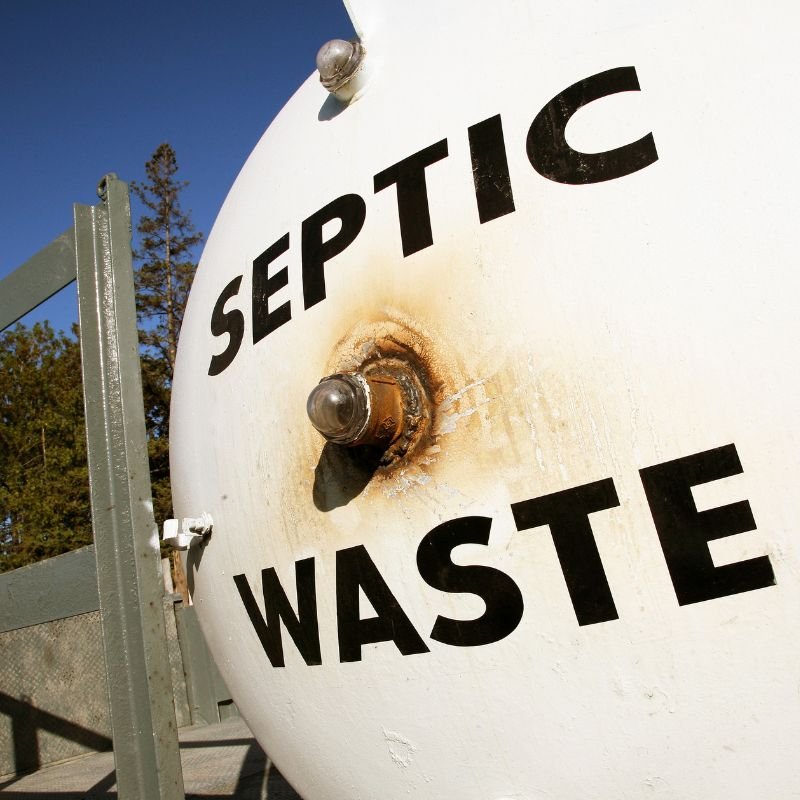Understanding Cesspit Regulations in the UK
Living in England often means managing properties with off-grid wastewater solutions like cesspits. These underground tanks provide temporary storage for sewage in areas where connection to mains sewerage is not feasible. To ensure proper sanitation and environmental protection, cesspit regulations are in place to govern their installation, operation, and maintenance. In this article, we'll explore cesspit regulations in the UK and what property owners need to know to comply with them.
Understanding Cesspit Regulations in the UK
What is a Cesspit?
A cesspit, also known as a cesspool, is a sealed underground tank designed to collect and store sewage temporarily. Unlike septic tanks, cesspits do not treat sewage and require regular emptying by vacuum tanker services. Cesspits are typically used in properties without access to mains sewerage or in environmentally sensitive areas where other disposal methods are impractical.
Cesspit Regulations in the UK:
Cesspit regulations in the UK are primarily governed by environmental and health regulations aimed at protecting public health and preventing pollution of water bodies. Some key regulations and considerations include:
Environmental Permitting Regulations: Properties with cesspits may require permits under the Environmental Permitting (England and Wales) Regulations 2016. These permits regulate the storage, treatment, and disposal of sewage to prevent environmental harm and ensure compliance with water quality standards.
Public Health Act 1936: The Public Health Act 1936 empowers local authorities to regulate and inspect cesspits to prevent public health hazards. Property owners are responsible for ensuring the proper maintenance and operation of cesspits to avoid risks of contamination or nuisance to the public.
Building Regulations: Building regulations may apply to the construction and installation of cesspits to ensure structural integrity, safety, and compliance with relevant standards. Local building control authorities may enforce regulations related to tank materials, capacity, ventilation, and access for maintenance.
Pollution Prevention Guidelines: The Environment Agency provides guidelines and best practices for the storage, handling, and disposal of sewage from cesspits. Property owners should follow these guidelines to minimise environmental impact and prevent pollution of groundwater and surface water.
Compliance and Maintenance:
To comply with cesspit regulations in the UK, property owners should:
Ensure proper installation and construction of cesspits by qualified professionals.
Regularly inspect and maintain cesspits to prevent leaks, overflows, and environmental contamination.
Arrange for cesspit emptying by licensed waste carriers at recommended intervals.
Keep accurate records of maintenance, inspections, and cesspit emptying for regulatory compliance and documentation purposes.
Cesspit regulations in the UK are in place to safeguard public health and the environment by ensuring the proper management of sewage from off-grid properties. Property owners must understand and comply with these regulations to avoid legal liabilities, protect water quality, and maintain the integrity of their cesspit systems. By staying informed, proactive, and responsible, property owners can effectively manage their cesspits in compliance with UK regulations.
Contact Off Main Solutions here for a free quote and friendly advice for any project or job.

